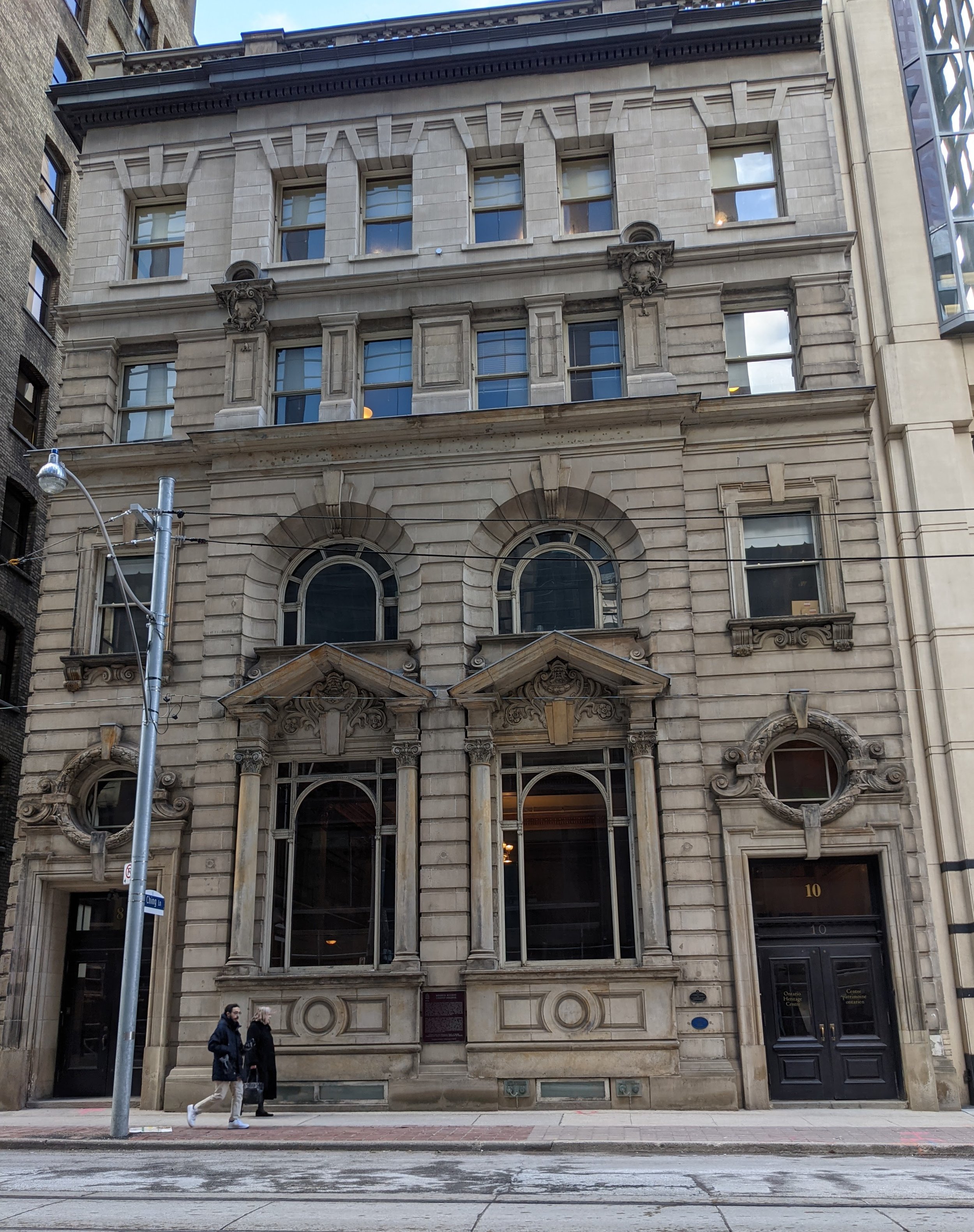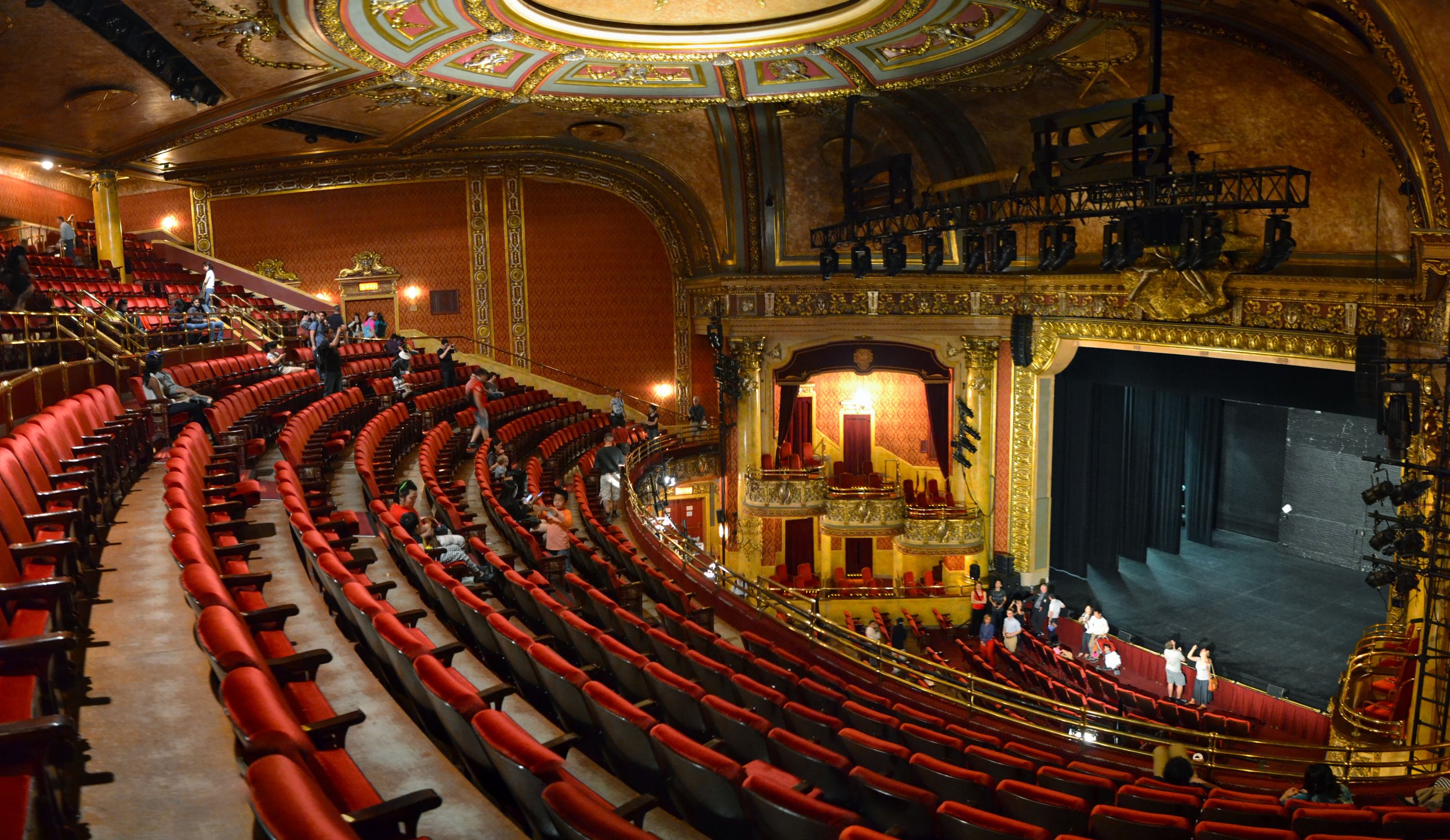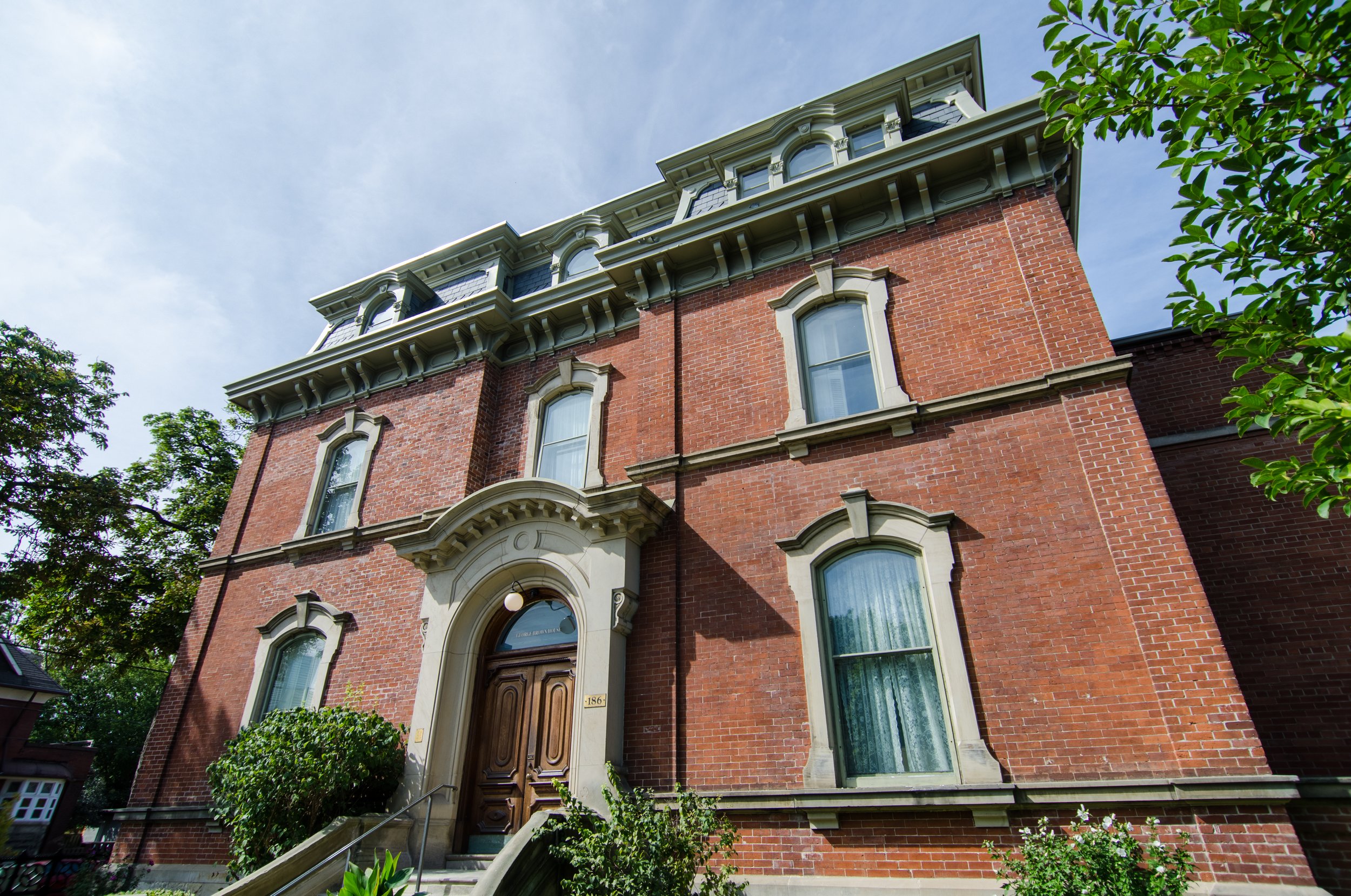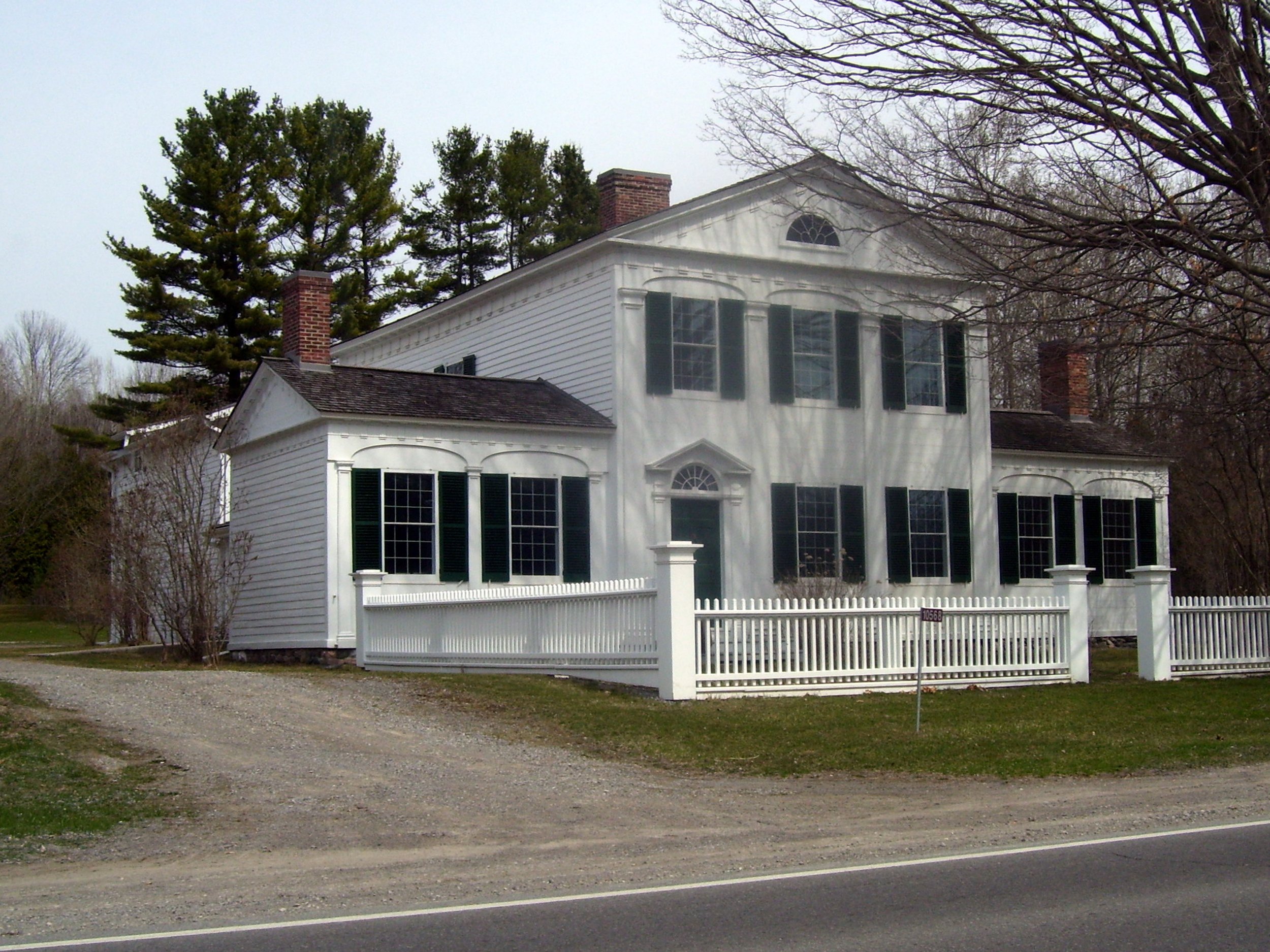Community Partners in the Classroom
The real world. As educators, we often talk about preparing students for the “real world.” While the purpose of a university education in the liberal arts is not to feed directly into this or that career, we do need to consider the skills that students develop in the classroom. The formula of lecture or discussion combined with the standard research essay assignment does build important skills — critical thinking, communication, writing — but it does not leave students with an idea of how these skills might apply to their future careers, whatever they may be.
What if educators could change that? What if they could show students that their skills were transferable? What if courses gave students confidence to try new things and make community connections before they graduate? What if old formulas were shaken up to give them a taste of the applicability of their education?
In this article, I discuss a course I taught that did just that, by partnering with a community organization. Building upon another PLATFORM piece, here I further explore the benefits of experiential learning (EL) in architectural history by focusing on the value of organization-partnered projects.
Inviting Community Partners Into the Classroom
I firmly believe in transforming architectural history by enacting change in the classroom. One way to do this is through EL, which my institution, University of Toronto, defines as “a theory of learning that conceptualizes the process of learning from experience or learning by doing.” Extrapolating, it is often framed as working with individuals and organizations beyond the university to gain pertinent experiences, skills, and insights. Many instructors already do this intuitively in small doses, for instance, with guest speakers or field trips. But what might a more totalizing version of this entail? How might entire courses — both the content and assignments — be rooted in EL?
This will look different for each course and topic. If you teach, think, for instance, how this might look in your own architectural history classroom. To whom might you introduce your students in your community? What are the goals of your course, and what people or organizations are in line with them? How might you help students gain a deeper understanding of the practical applications of architectural history?
In order to expand the narrative(s) of Canadian architectural history in my fourth-year undergraduate course (offered as part of the Canada Constructed initiative in the Department of Art History), I had students engage with built heritage and heritage professionals in the city. It is for this reason that I partnered my seminar with the Ontario Heritage Trust.
The Ontario Heritage Trust (OHT) is a provincial government agency, established in 1967 to identify, preserve, protect and promote “built, cultural, and natural heritage.” It holds several properties in trust and is responsible for the provincial heritage plaques program. In the last few years, as part of a wider reevaluation of heritage and historic commemoration across North America and beyond, the OHT has been expanding the narrative of Ontario’s heritage to ensure that it is inclusive and up to date. After brainstorming with OHT staff, we decided that my course was the perfect opportunity to involve students in thinking about these issues.
The Project
The OHT selected six of the buildings that they hold in trust, along with their corresponding archives, for the class project. Three sites are in Toronto — the Ontario Heritage Centre, the Elgin-Winter Garden Theatre Centre, and the George Brown House — and three in southern Ontario: the Niagara Apothecary, Niagara-on-the-Lake; Fulford Place, Brockville; and Barnum House, Grafton (Figures 1 – 6). Each student selected a building and worked on it for the entire term, with students working on the same sites collaborating as they might in a professional setting.
Each student was responsible for two deliverables. One was a revised provincial Statement of Significance, a declaration of value that briefly explains what a historic place is and why it is important. The other was recommendations for future use and commemoration. That is, I asked the students to reimagine how their site might be used and interpreted to better serve the public.






I broke the project into several steps, in part to establish the workflow but also in part to sidestep concerns, such as those outlined by Jeremy White, about the standard college essay in the era of ChatGPT. For instance, I asked students to evaluate the existing Statement of Significance, to tease out what they thought it did well, discuss what or whose narrative it advanced, what was missing, and where they foresaw challenges with their research. When visiting the (private, unpublished) archives, I asked them to document what they found and to discuss how it would contribute to their project. This format provided more opportunity for me to work with the students, see their thinking and work progress, and circumvent the panicked use of AI.
Figure 7. Class visit to the Ontario Heritage Centre. Photography by Jessica Mace, 2023.
Other than the final reports submitted to the OHT, the largest (and best, according to the students) requirement was a presentation summing up their work and ideas in progress delivered at a public forum held at the Ontario Heritage Centre at the end of term. In attendance were OHT staff members, architecture and heritage professionals, members of the university community and public, and proud friends and family of the students (Figure 7).
Overall, this was an integrated experience. I made sure that the class was not just working for the OHT — or doing a make-work project — but with it. Throughout the term, students met and consulted with OHT’s Community Programs Officer. The class visited OHT’s offices, in addition to its archives (Figure 8). And according to the OHT, “the students produced well-thought out and achievable recommendations. Their work will push us at the Ontario Heritage Trust to refine and protect our property holdings in a way that complements our commitment to expand the narrative of Ontario’s heritage.”
Indeed, the OHT is already planning to use some of the work in interpretive material on its website, and to guide future use of the sites. (NB: the students’ material is still under review and therefore not shareable yet.)
Figure 8. Students presenting during the Public Forum, March 24, 2023. Photograph courtesy of Sean McNeely.
Observations
According to the students, the community collaboration enhanced their engagement with, and attachment to, the project. Each felt a sense of ownership of the project and their site, as well as pride in completing meaningful work. As one student noted: “It was an authentic experience. There are opportunities for our work to be published through the Ontario Heritage Trust, and this allowed us to realize we were doing real work, community work, that may have public impact.”
They recognized that their work has the capacity to reach an entirely new audience. Typical coursework is generally seen only by the instructor. In this class, the students were active in reshaping the way in which these buildings will be presented and interpreted: a rare experience, to say the least.
Not only did the project have stakes beyond the classroom, but I saw just how much the students benefitted from meeting professionals in the field and learning about the cultural sector. As another student remarked, “this has built my confidence when speaking to industry professionals and helped me be more outgoing.”
The students all also expressed that they never felt like they had a place at the table before this experience or that they could make a difference through their research. The project, one noted, “was a wonderful opportunity for us to conduct research as a form of change-making. We wanted to make sure that our work pushed for a retelling of histories that actually included and reflected diverse communities and their heritages. Understanding the complex histories of our lived spaces and identifying future uses was done critically and thoroughly by engaging with both theory and site-specific work and materials.”
The site-specificity that this student noted is important. Each of the students told me that they had never before considered the extent and prevalence of heritage in the city and the province. The partnership helped my students to better understand the built environment that surrounds them and the work (and careers) that contribute to it. Many liberal arts students, especially in the humanities, do not get this exposure as they parachute into a college town for their degree, rarely engaging with local topics.
The proverbial icing on the cake is that, because of this course, several of the students are now considering graduate programs and careers related to heritage and preservation. Though this will not always be the case — and certainly not all of the students in this particular course will go on to a career in heritage, or even architectural or art history at all — each of the students did gain a clearer sense of they can put their skills to work, and that they are needed in the workforce.
Activating heritage through this “real-world” collaboration helped to deepen learning, build new skills, and foster connections. It allowed students to glimpse the value of the arts, and proved to them that their skills are valuable. Immersive partner-based projects aren’t possible in every course, but even small steps can make a difference. Nearly all architectural history courses can be done differently — and better —when they involve experiential learning and community partners.
Author’s note: With special thanks to my collaborators at the Ontario Heritage Trust, especially Community Programs Officer David Leonard, and to my students for letting me share their words and ideas.
Citation
Jessica Mace, “Community Partners in the Classroom,” PLATFORM, Oct. 23, 2023





